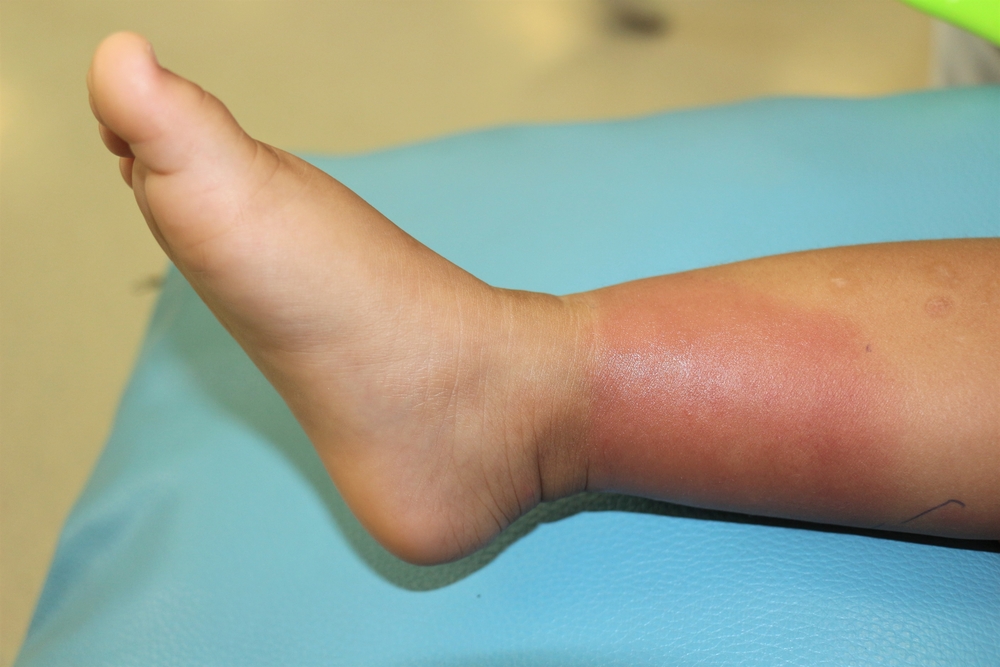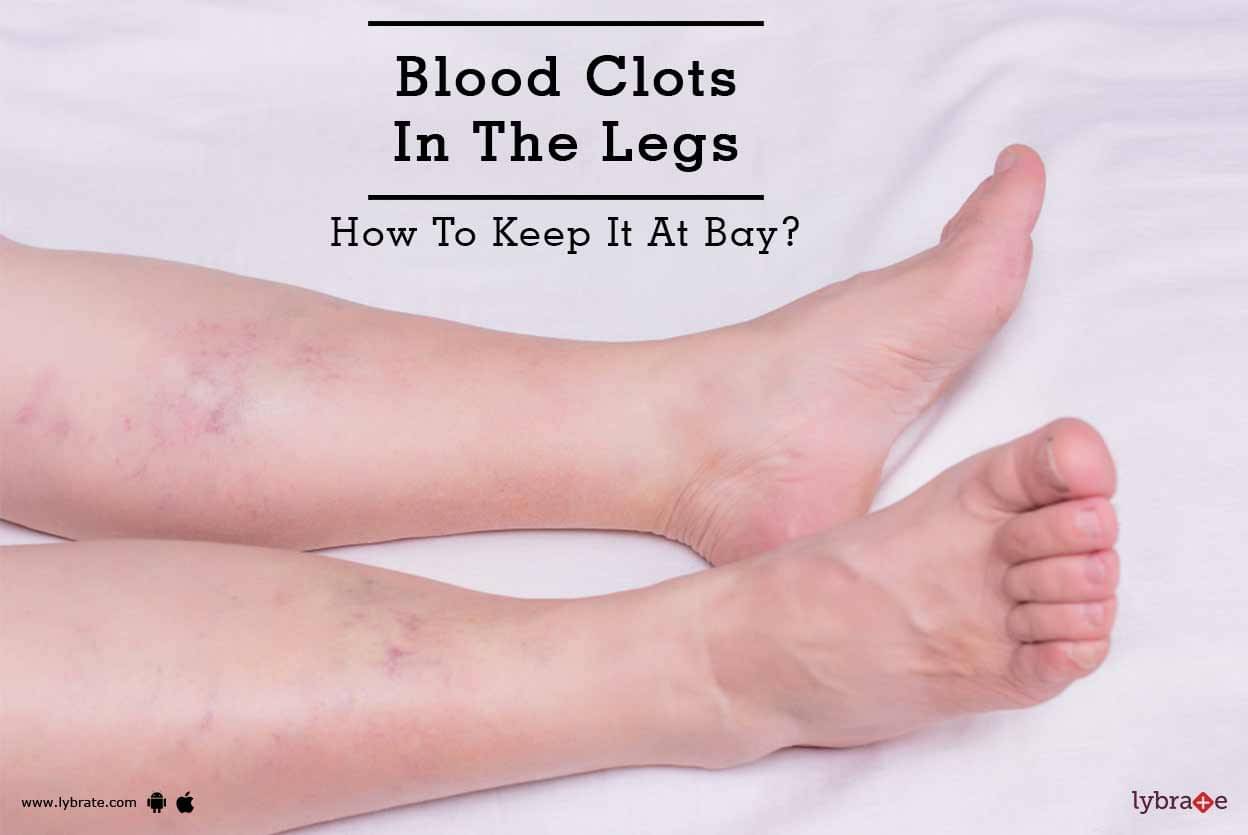Best Of The Best Info About How To Tell If You Have A Blood Clot In Leg

It can also break loose and travel to the lungs, blocking blood flow and leading to a life.
How to tell if you have a blood clot in leg. Swelling redness, darkening, or patches of discoloration pain tenderness these symptoms are especially indicative of a. Learn the warning signs of blood clots in different parts of your body, such as arms, legs, heart, lungs, and more. Pain or cramping:
Learn the symptoms, risk factors, and treatment options. Signs of a blood clot in your leg incl u de: Pain and swelling in the affected area, usually your calf or thigh redness and a warm feeling around the area of the clot sometimes.
Find out when to seek medical help and how to prevent clots. A blood clot in a leg vein can cause leg pain, swelling, warmth and redness. A blood clot in the superficial veins.
In the arms or legs: Learn how to check if you have a blood clot in a leg, who to call if you think you do, and how. The most common symptoms and regions of a blood clot are:
From swelling in your leg to an unexplained cough in your throat, call your doctor if you have any of these symptoms of a blood clot or pulmonary embolism. A blood clot in your leg can cause pain, swelling, redness, and shortness of breath. Reddish or bluish color of the skin;
Blood clots don’t always cause obvious symptoms, but the cdc recommends getting emergency medical attention if you experience: The affected area can be tender to the touch. Redness and warmth:
Symptoms and risks be on the lookout for symptoms of two types of blood clots that can form in the legs. The most common symptoms of dvt are: Swelling of the affected leg;
If a person feels soreness or pain in the leg that was not there before, this could indicate a blood clot in the leg. A blood clot in a leg is called a dvt and can be life threatening if not treated quickly. Here are a few tests your provider might do to.
If you have a blood clot in your leg, you will have these signs and symptoms: The dye is injected into a large vein in the foot or ankle. The affected area is warm to.
Lab tests and imaging tests can show signs that there is a blood clot in the leg or a dvt somewhere else in the body.


















